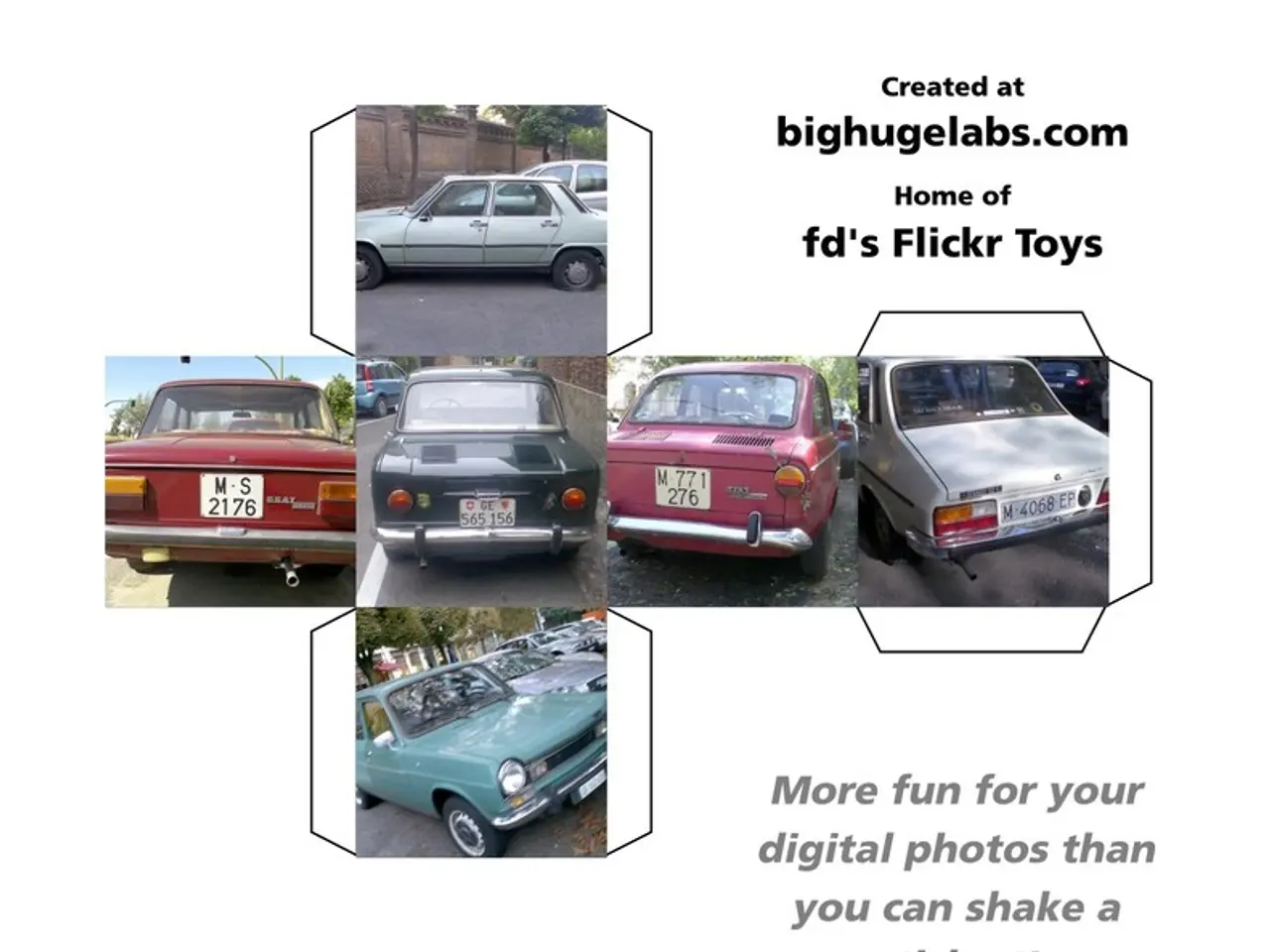Steer Clear of Driving While Drowsy, Similarly to How You'd Avoid Drunk Driving, States National Sleep Foundation
In an alarming revelation, the National Sleep Foundation (NSF) has found that Americans are less likely to avoid driving when tired than when they've had a few drinks. This concerning fact comes as the nation gears up for Drowsy Driving Prevention Week, observed from November 3-9.
According to the NSF, being awake and alert is as crucial to safe driving as staying sober. Yet, nearly 60% of drivers admit they've driven while too tired to keep their eyes open. This statistic, coupled with the fact that drowsy driving causes over 300,000 police-reported incidents, 100,000 injuries, and 6,400 deaths in the U.S. each year, underscores the seriousness of the issue.
The NSF advises drivers to know the signs of drowsiness, such as frequent blinking or trouble staying in their lane. Recognizing and responding to these warning signs can help prevent drowsy driving incidents. On long trips, the NSF recommends traveling with an awake companion and scheduling rest breaks every 100 miles or two hours.
To reduce the risk of drowsy driving, the NSF suggests getting sufficient, regular sleep (7–8 hours or more). This is particularly important for teens, who are especially vulnerable, as those sleeping less than 8 hours are involved in significantly more accidents.
The NSF also emphasizes the importance of prioritizing healthy sleep habits. This includes maintaining a consistent sleep schedule, creating a comfortable sleep environment, and avoiding stimulants like caffeine or nicotine in the evening. If drowsiness persists despite good sleep hygiene, seeking medical evaluation for possible sleep disorders (e.g., obstructive sleep apnea) that can increase daytime sleepiness and drowsy driving risk is advised.
The NSF and its partners, including Waymo and MADD, are using the hashtag #SleepFirst to spread awareness about drowsy driving prevention. NSF CEO John Lopos emphasizes the importance of getting enough sleep for health and safety, likening drowsy driving to driving under the influence of alcohol. Over 8 in 10 adults will delay or change plans after drinking, yet fewer urge others to avoid driving when too tired.
For more resources on drowsy driving prevention, visit the NSF at www.theNSF.org. It's time we all take a stand against drowsy driving and prioritize our safety and the safety of others on the road. Let's make #SleepFirst a reality.
- The health-and-wellness industry, particularly the National Sleep Foundation (NSF), has highlighted the importance of prioritizing sleep as it relates to transportation safety, underscoring that it is akin to avoiding driving under the influence of alcohol.
- The science behind sleep and driving shows that drowsy driving causes a significant number of accidents, injuries, and fatalities each year, making it a serious issue that requires attention not only from drivers but also from the finance sector, as increased healthcare costs due to these incidents strain the system.
- To combat drowsy driving, the science community and transportation industry must come together with good practices, such as promoting the importance of regular, sufficient sleep, creating awareness campaigns like #SleepFirst, and encouraging the adoption of healthy sleep habits, to ensure the well-being of all road users.




